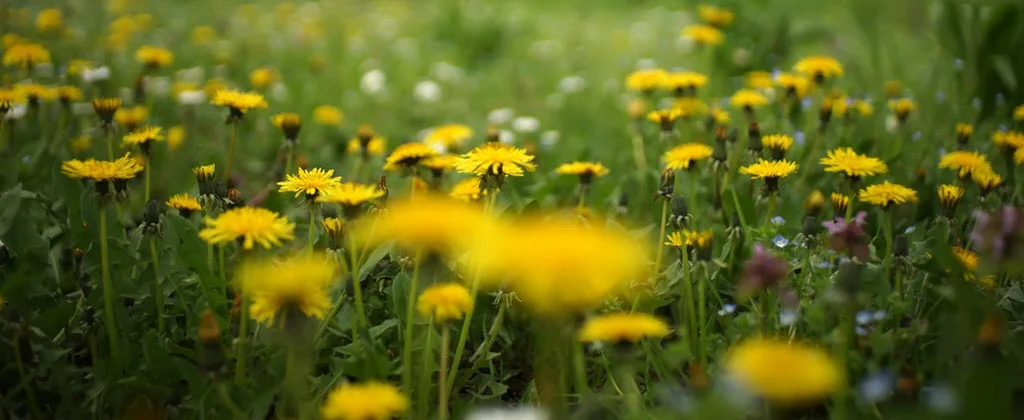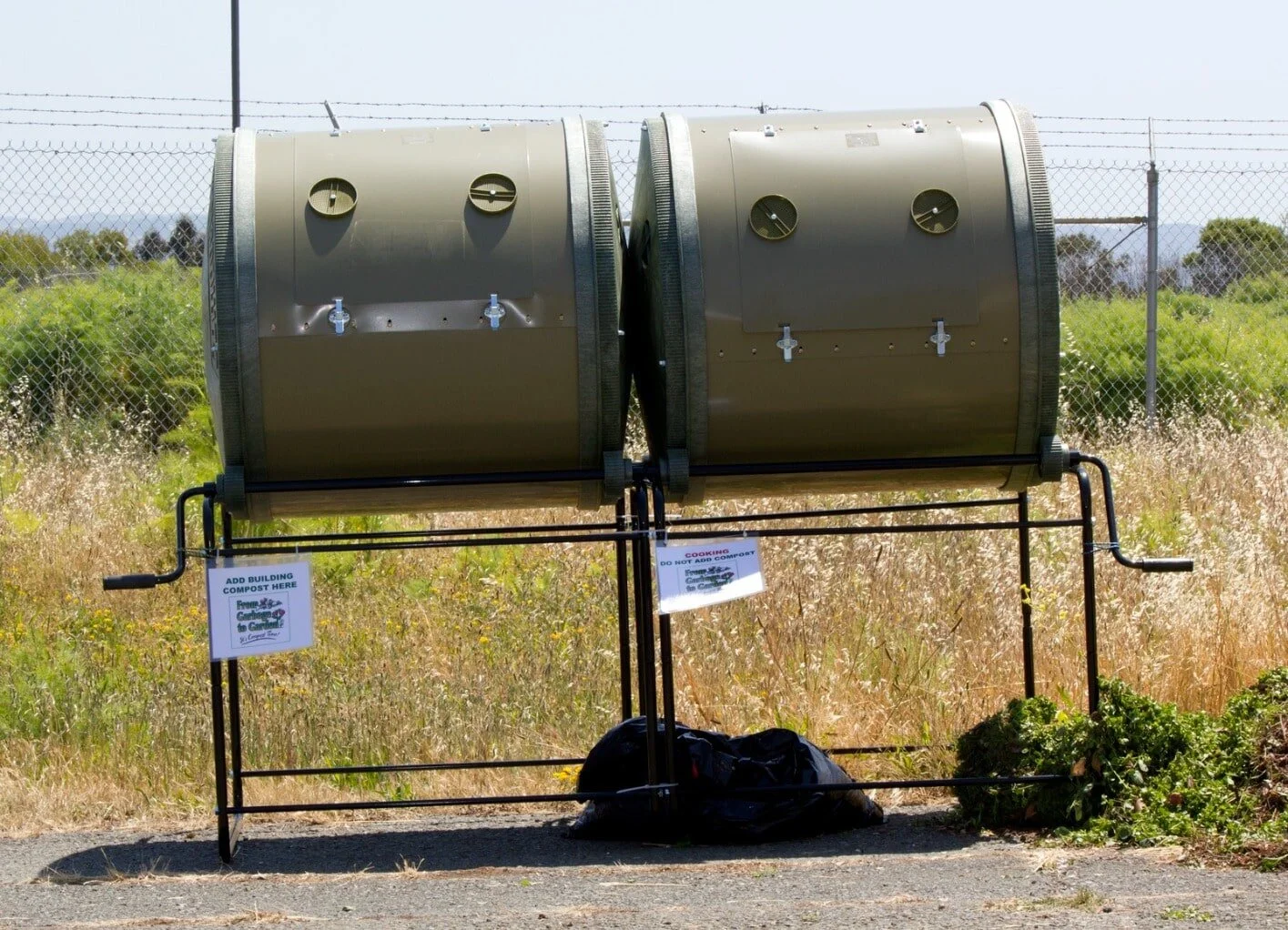Table of Contents
Do you view the humble dandelion as a trendy salad leaf or an absolute garden pest?
If it’s the former then you might be glad to see them in your garden. If it’s the latter, you will no doubt wonder how on earth you are going to eradicate them.
Chemical based herbicides can be used - including Roundup. It’s certainly effective - but glyphosate is cancerous and may be killing our bees. You don’t have to be a mad hippy to realise that bees directly provide half of all our food!
So let’s look at ways to remove dandelions more naturally and how to avoid them invading your yard.
Why Do Dandelions Need to Be Removed From Lawns?
A dandelion is a perennial weed that takes root in lawns, borders or on hard surfaces, like paths or driveways. Their dark green base leaves remain all year round and the yellow flowers appear between March and October.
These plants flower quickly and once they take hold, they will spread quickly. Before you know it, you could have more of these persistent weeds than you have grass.
Why Are Dandelions Hard to Remove?
The dandelion has a very long taproot which extends deep into the ground. While you can easily pull or dig up a dandelion, if any of this taproot remains it can regenerate a new plant.
Add to that the seeds. I dare say, as children, we all picked the round ball of fluffy seeds of a dandelion. I did, and blew them into the wind counting the hours of the clock until they had all gone. They would float off on their little parachutes, spreading far and wide.
Each plant can produce between 54 and 172 seeds at one time, and more than 2000 seeds in its lifetime. It only takes a light wind, as little as four miles an hour to keep these seeds afloat.
It’s apparent, therefore, that these weeds can propagate profusely.
How to Remove Dandelions Naturally
Removing dandelions naturally might take a bit more work than just spraying them with chemicals. However, by doing this, you’re safe in the knowledge that other plants, grass, pets and children won’t be harmed.
There are a few ways you can get rid of dandelions permanently without using Roundup or other herbicides.
These include:
The Best Option - A Good Old Tug
Hand pulling dandelions is one of the best ways you can get rid of them. If you do this at the right time of year, you can pull out the whole plant, including the root.
Early spring or early fall are the best times of year to clear your yard of dandelions.
In spring, new seedlings won’t have taken hold. In fall, mature plants won’t have the chance to store nutrients in their roots to survive winter frosts. So, when spring comes, any remaining roots should have died, and your yard will be dandelion free.
Pulling these weeds or digging them out is also easier when the soil is wet. You stand a much better chance of removing the whole weed intact. Leaving behind even the smallest part of the taproot can allow the dandelion to grow back.
To hand pull dandelions, try following these steps:
Photo of a hori hori knife
Water your lawn so the soil is wet, making removal easier.
Using a dandelion weeding tool, Hori Hori knife or trowel, make a cut into the soil, down the side of the weed.
Wiggle the weeder so that the taproot is loosened.
Using the ground for leverage, lift up the dandelion. It helps to grab the leaves at the base, holding as many of them as you can. This can then be used to pull the taproot out.
Try to lift the dandelion using an even tension. You don’t want that nasty anchor to snap.
Hopefully, the dandelion and root will come out intact.
If it doesn’t, loosen the soil again with your weeder and wiggle it around until it pulls free.
Not Recommended: Vinegar
You’ll often hear that dandelions don’t much like vinegar. It’s true that the acetic acid it contains will damage the leaves and flowers.
While this has some limited visual effect, it won’t penetrate the roots. The weed will grow right back.
You’d need to use very strong vinegar to have any real effect, and at the suggested levels (20% acetic acid content) you aren’t really talking about vinegar any more - you’re talking about pouring acid into your garden, which I’m sure everyone reading this would consider totally bonkers.
Pour Boiling Water on Dandelions
Boiling water poured onto a dandelion a few times a day over a period of two or three days will cause the plant to shrivel and die. Again, this can kill any other plants or grass near the dandelion, so pour with care.
Not Recommended: Salt
You’ve might have heard the phrase ‘salting the earth’. History’s bad guys used to put salt in the fields of their enemies so they couldn’t grow food. Not nice!
So obviously salt has some effect in killing plants. The sodium in sodium chloride (salt) is toxic, and will get washed around your lawn trying to kill everything it touches.
The sodium won’t get decomposed over time - it might go from your lawn to a stream to some farm - all the while damaging any plant it comes into contact with.
Putting salt in your garden is like voluntarily setting off Chernobyl. Please don’t!
Use a Weed Burner Torch
Via bernzomatic.com
These torches will release your inner firestarter. They are small flamethrowers that can burn away the top of the plant.
This may leave your lawn looking like it’s been attacked by someone on a rampage with a blowtorch (which it has). Also, be careful not to burn down your yard.
This video shows you some of the ways to get rid of dandelions naturally.
How to Avoid Dandelions in Your Yard
There are a few things you can do to ensure your lawn stays free from dandelions after you have cleared out what was there.
Corn gluten meal can stop seeds from germinating and therefore prevent dandelions from growing. Spreading corn gluten meal over your lawn in the spring, before seedlings germinate, will help stop them taking hold.
Another thing you can do is keep your lawn well fertilized and cared for. The denser and healthier your grass, the less likely dandelions will thrive.
Don’t be tempted to mow your lawn within an inch of its life. Keep it about two inches long. This will help prevent dandelion seeds from reaching the soil where they can sprout and take root.
A little left of center is keeping a rabbit. (Update - or a tortoise. My neighbour has a small new tortoise asylum and they love eating our weeds. Win win!)
Rabbits love to nibble on dandelions because they find them very tasty. They can eat both leaves and flowers, which are actually very healthy and nutritious for these furry pets.
Provided they aren’t treated with any herbicides, these weeds are good for them.
Wrapping It Up
There is no doubt that herbicides like Roundup work to get rid of dandelions, but at a price. You will need to be careful that your pets and children don’t come into contact with it, and it also leaves chemicals in the ground.
The natural solutions we’ve provided for you might take a little longer but they will be better for you and for the environment.
Pulling the weeds and then sprinkling corn gluten could be a successful two-pronged attack to keep your yard clear of dandelions.
Read More Gardening Tips





















